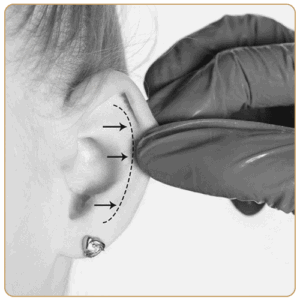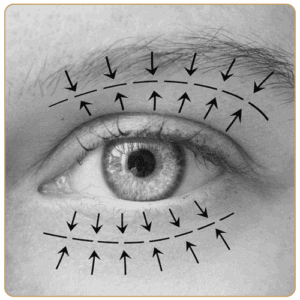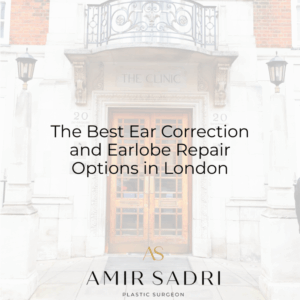Septum surgery, also known as septoplasty, is a common procedure performed to correct a deviated septum—a condition where the nasal septum, the wall of bone and cartilage that separates the nostrils, is off-center or crooked. This misalignment can lead to various symptoms such as difficulty breathing, chronic congestion, frequent sinus infections, and snoring. Septoplasty aims to straighten the septum, improving airflow and alleviating related symptoms. But what happens if you’ve already had septum surgery in the past and are now experiencing similar issues or new complications? Can you have more than one septum surgery? Let’s delve into this topic and explore the possibilities.
In most cases, having multiple septum surgeries is indeed possible. The need for revision septoplasty may arise due to several reasons. It’s important to consult with an experienced ear, nose, and throat (ENT) specialist to evaluate your specific situation and determine the most appropriate course of action.
One common scenario where revision septoplasty may be required is when the initial surgery did not fully correct the deviated septum or address all the related symptoms. While septoplasty has a high success rate, there are instances where the deviation is extensive or complex, requiring a secondary procedure to achieve the desired results. In such cases, the ENT specialist will assess the extent of the deviation, evaluate your symptoms, and discuss the available options to improve your nasal airflow and overall nasal function.
Another reason for considering a second septum surgery is the development of new issues or complications after the initial procedure. Septoplasty, like any surgical procedure, carries potential risks and complications, albeit rare. In some cases, scar tissue or other factors may cause a recurrence of symptoms or new problems to arise. These issues could include persistent nasal obstruction, septal perforation, or persistent snoring. If you experience any of these complications or new symptoms, it is crucial to consult with your ENT specialist for a thorough evaluation and appropriate treatment plan.
It is worth noting that revision septoplasty is typically more challenging than the initial surgery due to factors like scar tissue and altered anatomy. Therefore, it is crucial to select a skilled and experienced ENT specialist who specializes in nasal surgeries and has expertise in revision septoplasty.
In conclusion, having more than one septum surgery, known as revision septoplasty, is possible if necessary. Whether it’s due to incomplete correction of the deviated septum or the development of new complications, consulting with a qualified ENT specialist will help determine the best course of action for improved nasal function and overall well-being. Remember, each case is unique, and a thorough evaluation by a medical professional is essential to guide you on your path to optimal nasal health.










